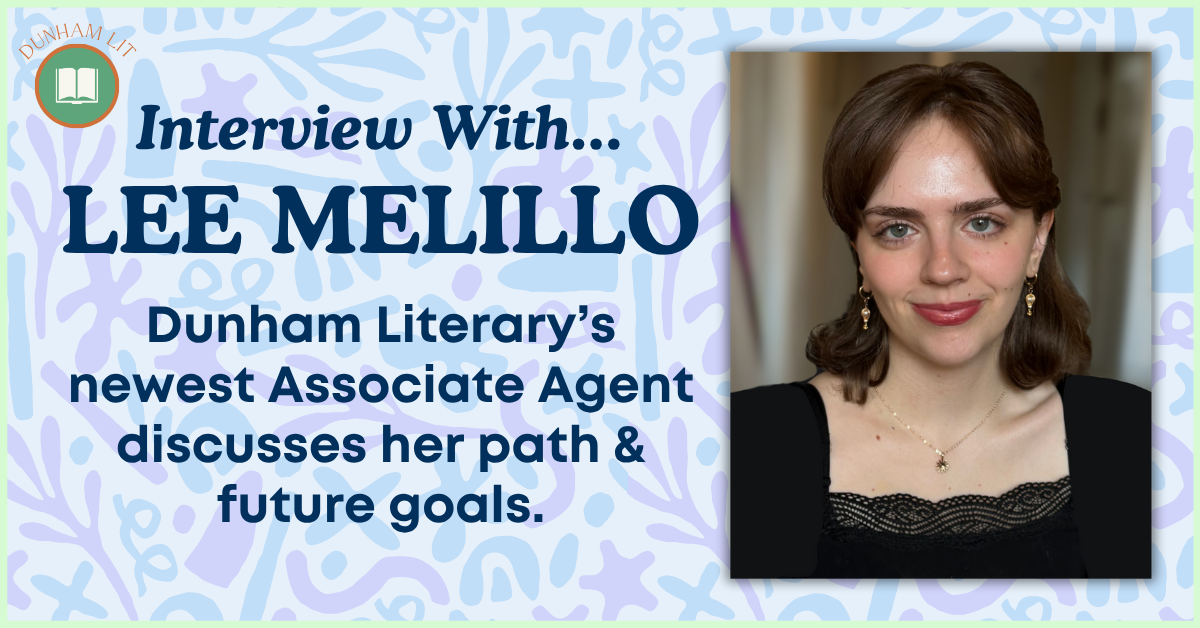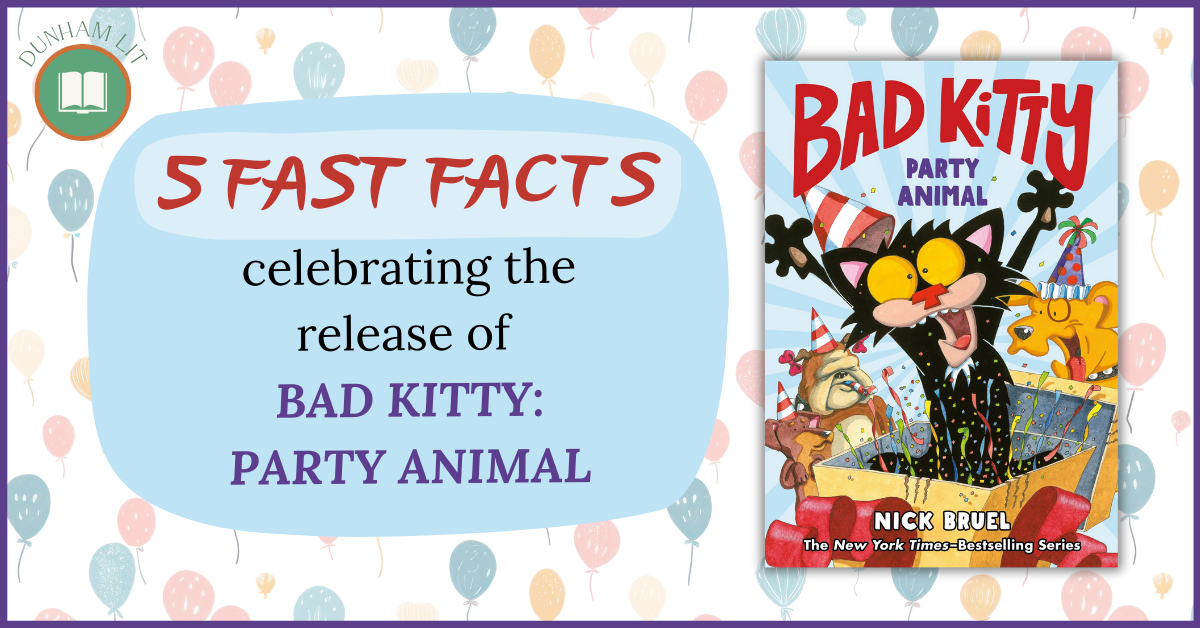
Interview with Tod Goldberg, Celebrating the Release of ONLY WAY OUT.

Interview with Brian Asman, Celebrating the Release of MAN, F*CK THIS HOUSE

Interview with Rob Peters, Illustrator

Jennie Dunham on the 25th Anniversary of Dunham Literary

Agent Interview: Lee Melillo, Associate Agent at Dunham Literary

Celebrating the Release of WHERE ARE YOU, BRONTË? Interview with Illustrator Barbara McClintock

Interview with Ria Parisi: OF WOLVES AND STAGS Publication Launch

Book Chat: Jennie, Anjanette, & Lee Discuss WHAT HAPPENED TO RACHEL RILEY

Interview with Thomas Kohnstamm: Celebrating the Release of SUPERSONIC

Five Fast Facts to Celebrate the Release of BAD KITTY: PARTY ANIMAL

Holiday Book Swap: Jennie, Anjanette, & Lee Discuss the Books They Got Each Other for Christmas!

Interview with Jo Rioux: Celebrating the Release of CAT’S CRADLE: SURI’S DRAGON

Interview with Phillip Hoose: Celebrating the Release of CLAUDETTE COLVIN: I WANT FREEDOM NOW

Interview with Brian Asman

Interview with Sapphire Chow’s Estate

Critique Group Pitfalls

Book Chat: Jennie and Anjanette Discuss HER RADIANT CURSE by Elizabeth Lim

Margaret McMullan on the 20th Anniversary of HOW I FOUND THE STRONG

Interview with Bethanne Patrick


